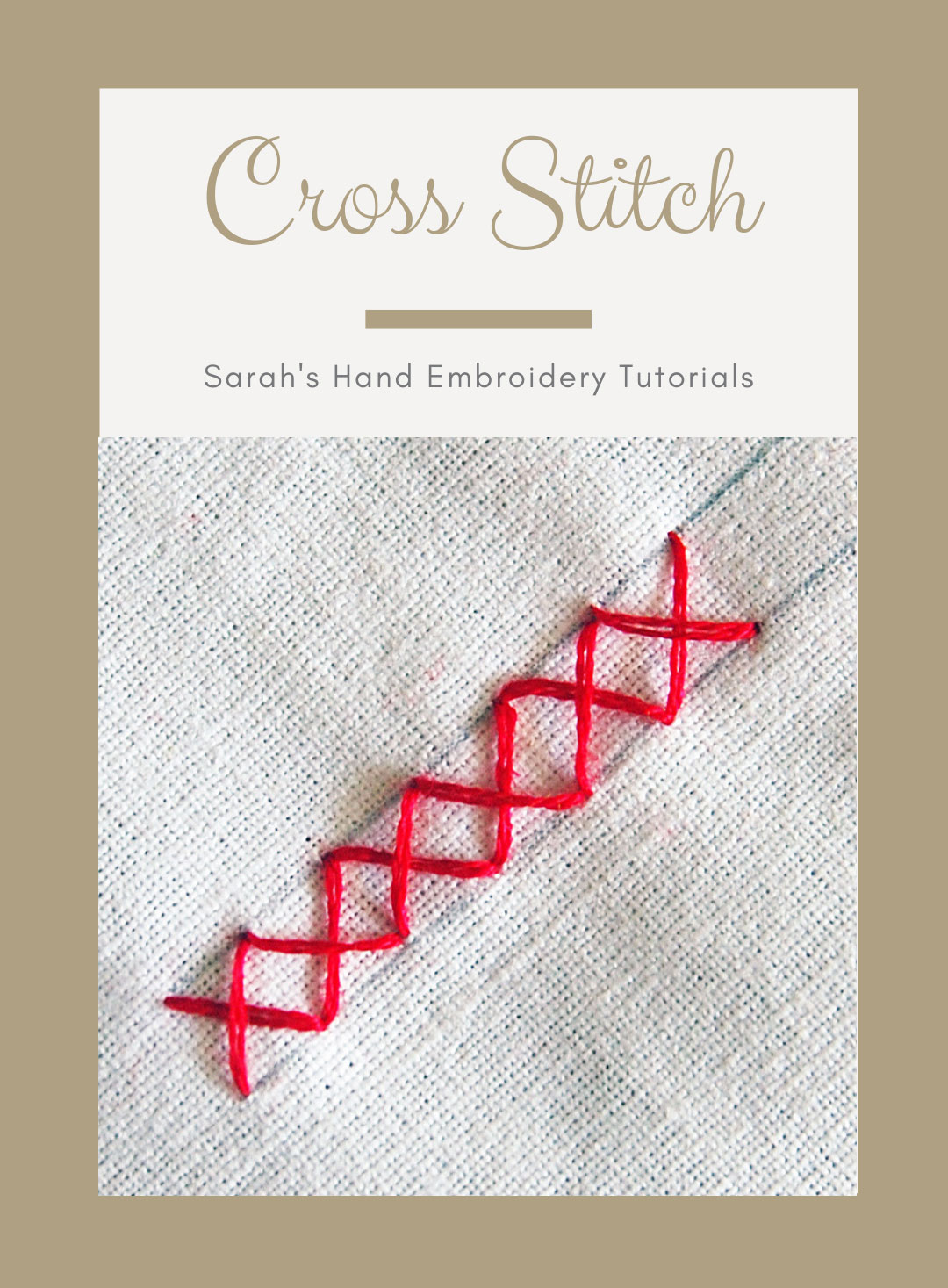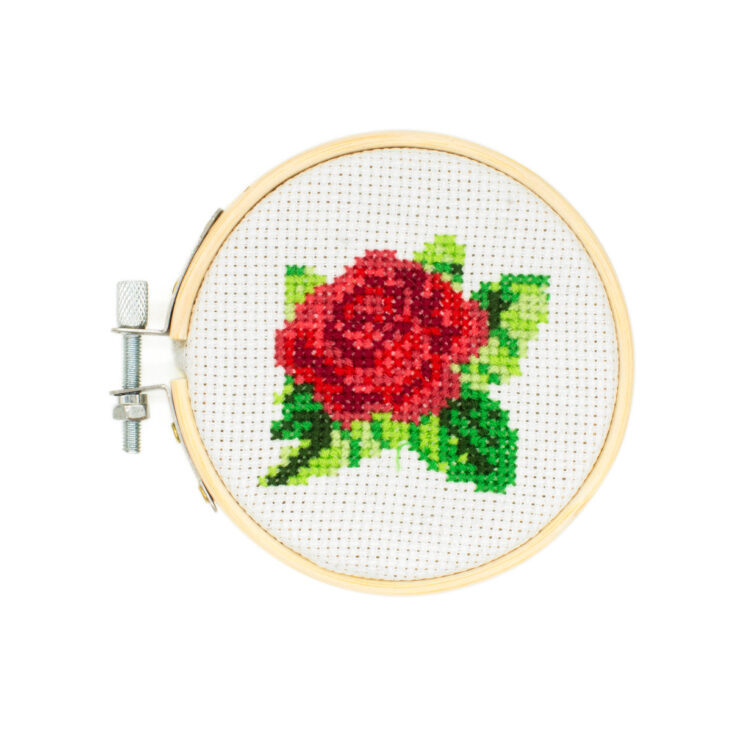Cross-stitch is a fun and rewarding form of needlework that can be used to create unique and beautiful pieces. Whether you’re a beginner or an experienced stitcher, this guide will help you hone your skills and learn how to get better at cross-stitch. With a few tips and tricks, you’ll be able to create stunning pieces of embroidery in no time at all. So, if you’re looking to take your cross-stitching skills to the next level, read on to find out how you can get better at cross-stitch.
Choose pattern/project.

When choosing a pattern or project for your cross-stitch, consider your skill level and the complexity of the design. Start with something simple and work your way up as you become more comfortable with the techniques.
Select appropriate thread.

When selecting thread for cross-stitch, it is important to consider the type of fabric you are stitching on and the type of pattern you are creating. For example, if you are stitching on a dark-colored fabric, choose a lighter thread to make the stitches more visible. Similarly, if you are creating a complicated pattern, choose a high-quality thread to ensure the stitches look sharp and colorful.
Study stitch techniques.

Studying stitch techniques is key to improving your cross-stitch skills. Take the time to read up on how to execute different stitches and practice them until you feel comfortable.
Practice regularly.

Practicing cross-stitch regularly is key to becoming better. Set aside a specific time each day to work on it and gradually increase the amount of time you spend. This will help you to become more familiar and confident with the technique.
Join a cross-stitch group.

Joining a cross-stitch group is a great way to learn more about the craft and interact with people who share the same interest. It’s an excellent opportunity to get tips and advice from experienced stitchers, plus you can make new friends in the process!
Enjoy the process!

When creating your own cross stitch designs, make sure to keep an open mind and have fun with it! Don’t be afraid to express yourself and try new things – let your imagination run wild!




